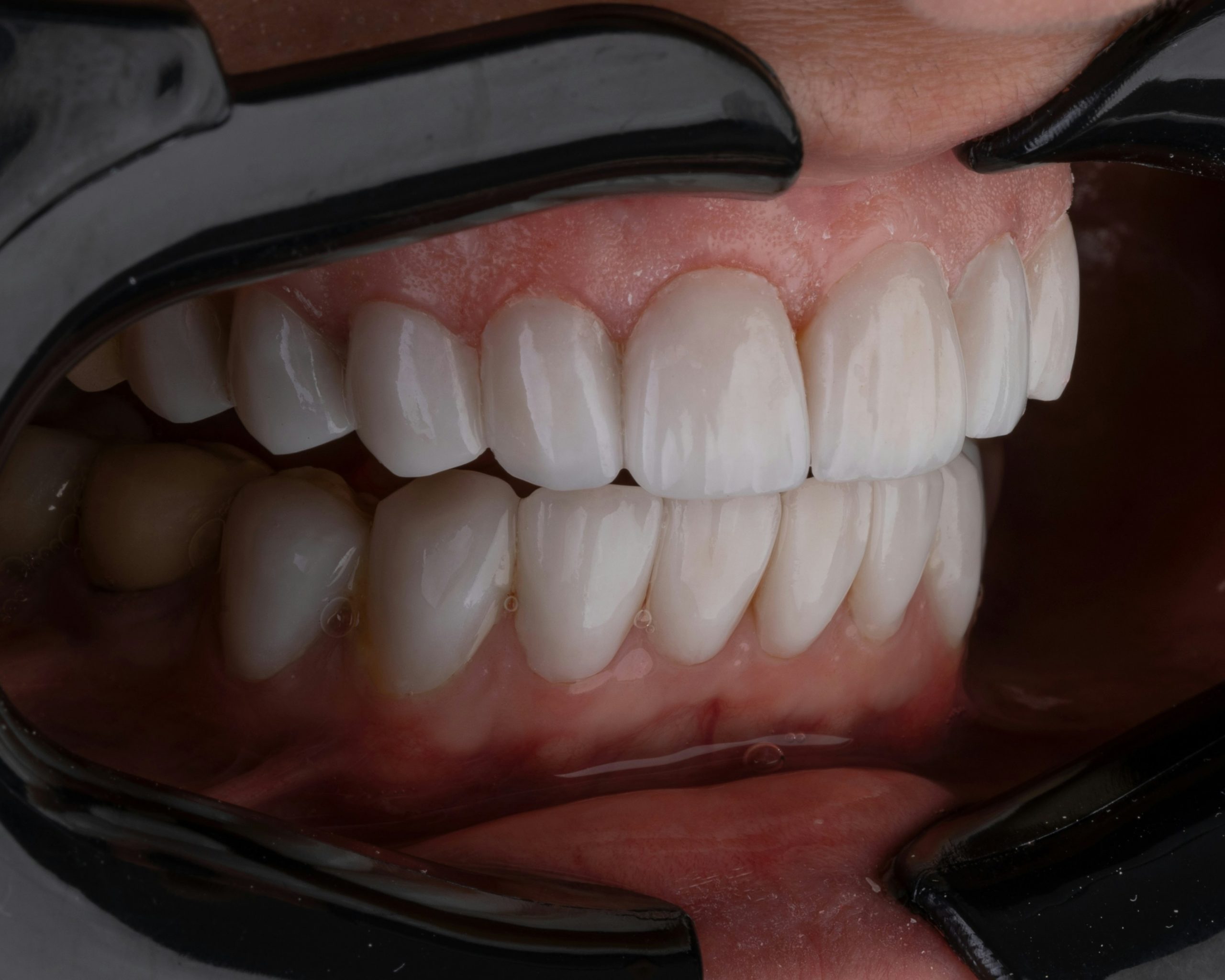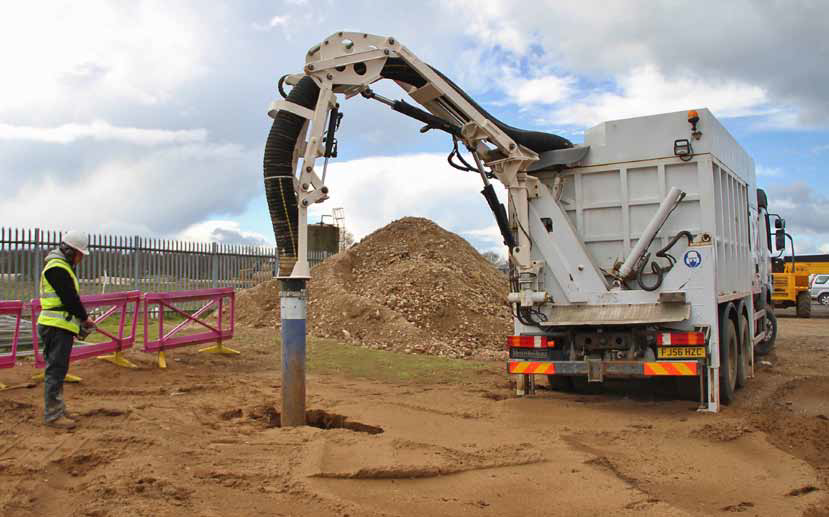Pregnancy is a transformative experience for a woman’s body, as it goes through a number of changes in a relatively short period of time. These changes can put a significant amount of stress on the body, particularly on the abdominal and pelvic muscles, which can lead to a number of post-pregnancy conditions such as back pain, incontinence, and diastasis recti (separation of the abdominal muscles).
Pilates is a form of exercise that is specifically designed to target the core muscles of the body, including the abdominal and pelvic muscles. This makes it an ideal form of exercise for post-pregnancy recovery, as it can help to restore strength, stability, and flexibility to the body.
One of the primary benefits of Pilates after pregnancy is the improvement of core strength. The core muscles, including the transverse abdominis, rectus abdominis, and obliques, are responsible for providing stability and support to the spine and pelvis.
During pregnancy, these muscles become stretched and weakened, which can lead to back pain and poor posture. Pilates exercises are specifically designed to target these muscles and help to rebuild strength, which can improve posture and reduce the risk of back pain.
Another benefit of Pilates after pregnancy is the improvement of flexibility. Pregnancy and childbirth can cause significant changes to the body, including tightness in the hips, back, and shoulders.
Pilates exercises are designed to target these areas, and can help to improve flexibility and mobility, which can reduce the risk of injury and improve overall physical function.
Pilates can also help to improve the condition of diastasis recti, which is a separation of the abdominal muscles that can occur during pregnancy. Pilates exercises can help to strengthen the abdominal muscles and bring them back together, which can improve the appearance of the belly, and can also help to reduce the risk of back pain and incontinence.
Pelvic floor exercises, also known as Kegel exercises, are an important part of Pilates and are specifically targeted to strengthen the muscles of the pelvic floor. These muscles support the pelvic organs, including the bladder, uterus, and rectum, and play a vital role in urinary and bowel control, sexual function, and core stability.
Pregnancy and childbirth can cause significant changes to the pelvic floor muscles, which can lead to incontinence, pelvic prolapse and sexual dysfunction. Kegel exercises can help to restore strength and tone to the pelvic floor muscles which can improve bladder and bowel control, and even enhance sexual satisfaction.
Pilates is also beneficial for mental health, as it can help to reduce feelings of stress, anxiety and depression, which are common after pregnancy. The mental focus required for Pilates can help to improve cognitive function, and the relaxation and breathing techniques used in Pilates can help to reduce feelings of stress and promote a sense of calm and well-being.
It is important for post-pregnancy women to work with a qualified Pilates instructor who has experience working with individuals post-pregnancy. The instructor should be able to adapt the exercises to the individual’s abilities and needs, and provide modifications as necessary.
It is also important for post-pregnancy women to talk to their doctor before starting any exercise program, to ensure that it is safe for them to do so.
In conclusion, Pilates is an ideal form of exercise for post-pregnancy recovery, as it can help to restore strength, stability, and flexibility to the body.
Pilates exercises are specifically designed to target the core and pelvic floor muscles, which can help to improve posture, reduce the risk of back pain, incontinence and diastasis recti, improve flexibility, and even enhance sexual satisfaction.



